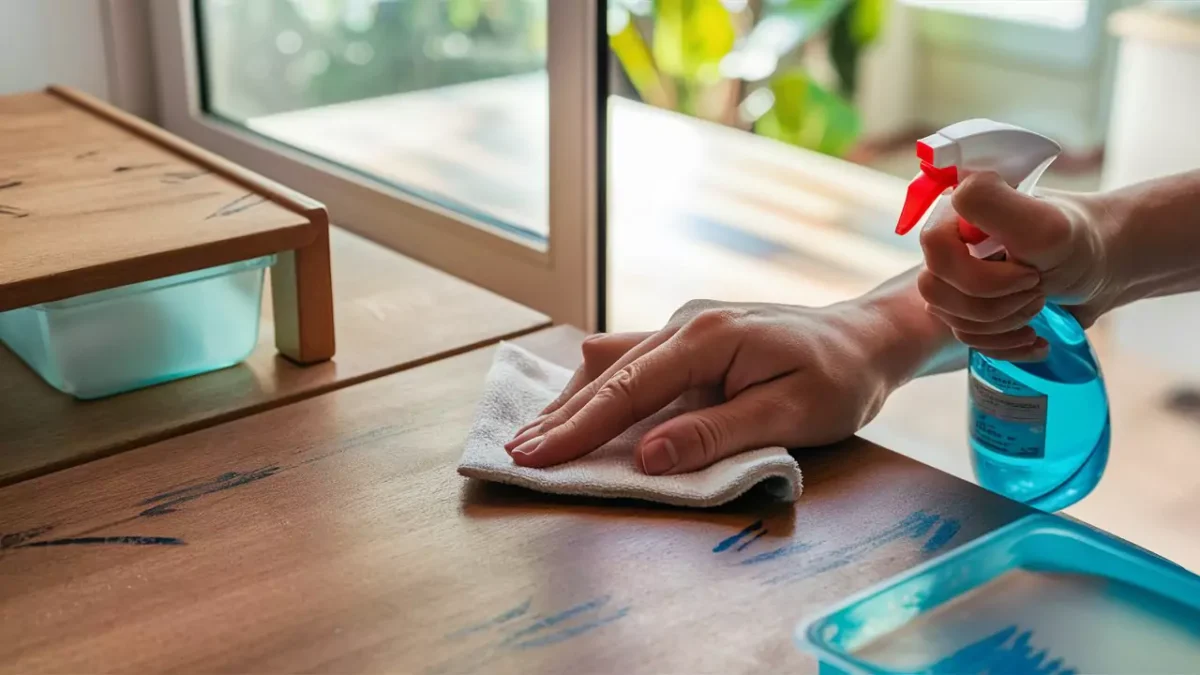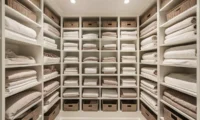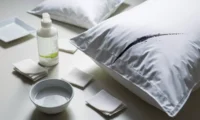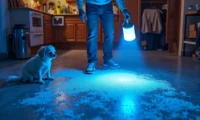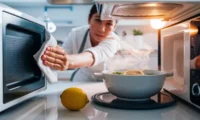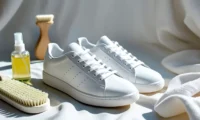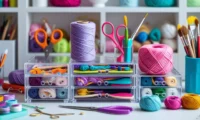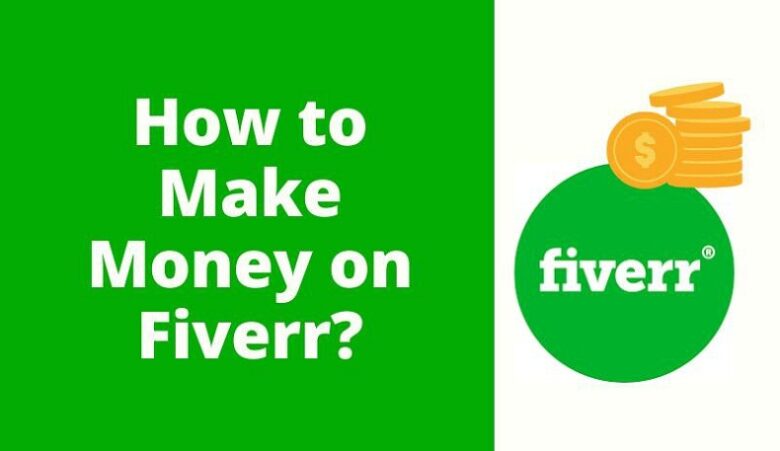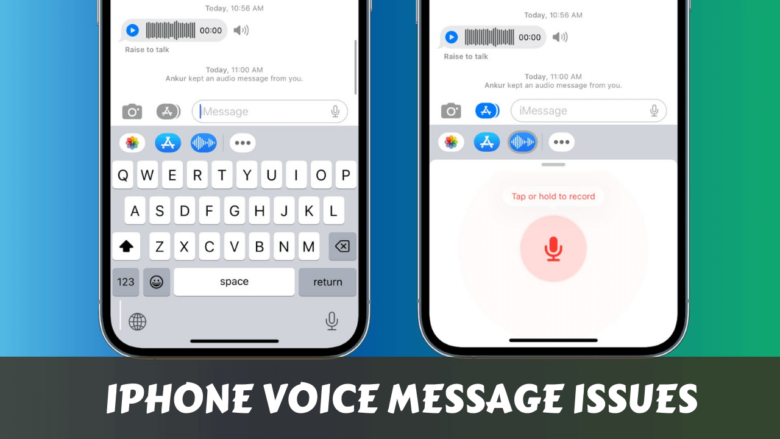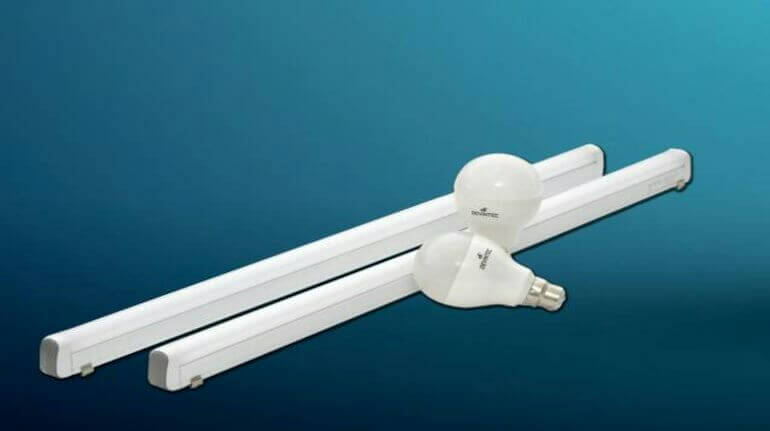Your kid just turned your white wall into their personal art gallery.
- The Real Deal About “Permanent” Markers
- What Actually Works (And What Doesn’t)
- 💖 You Might Also Like
- Wall Surfaces: When Kids Strike
- Painted Walls
- Wallpaper
- Fabric and Clothing: The Laundry Nightmare
- Cotton and Polyester
- Delicate Fabrics
- Hard Surfaces: The Easy Wins
- Glass and Mirrors
- Plastic
- Metal
- ✨ More Stories for You
- Wood Surfaces: Tread Carefully
- Finished Wood
- Unfinished Wood
- Leather: The Delicate Dance
- The Nuclear Options: When Nothing Else Works
- Acetone (Nail Polish Remover)
- Commercial Cleaners
- 🌟 Don't Miss These Posts
- Pro Tips That Actually Matter
- Work Fast
- Test Everything
- The Dry Erase Trick
- What NOT to Do (Learn From My Mistakes)
- Emergency Kit: What to Keep Around
- Surface-Specific Quick Reference
- Frequently Asked Questions
- Will hairspray really remove permanent marker?
- Can I use magic eraser on permanent marker?
- How do I get permanent marker off skin?
- What about whiteboard that has permanent marker on it?
- Can I prevent permanent marker stains?
- Will these methods work on Sharpies?
- The Bottom Line
Or maybe you grabbed the wrong marker during that important presentation.
How to remove permanent marker isn’t just a Google search – it’s a panic moment we’ve all been through.
I’ve spent way too many hours figuring this stuff out the hard way.
So let me save you the headache.
The Real Deal About “Permanent” Markers
Here’s what marker companies don’t tell you.
“Permanent” is marketing BS.
These markers are only permanent until you know what dissolves them.
The secret sauce? Solvents.
Every surface needs a different approach.
What Actually Works (And What Doesn’t)
Forget the Pinterest hacks.
Half of them will ruin your stuff.
Here’s what actually moves the needle:
- Rubbing alcohol – Your best friend for most jobs
- Acetone – Nuclear option (test first)
- Hand sanitizer – Sneaky good for quick fixes
- Dry erase markers – Sounds crazy, works like magic
- Toothpaste – Not just for teeth
💖 You Might Also Like
Wall Surfaces: When Kids Strike
Painted Walls
This one hits close to home.
My nephew once decorated my entire hallway.
Here’s the play-by-play:
- Test first – Find a hidden spot
- Rubbing alcohol on cotton ball – Dab, don’t rub
- Work in small circles – Patience wins here
- Clean with soap and water – Remove any residue
Pro tip: If alcohol doesn’t work, try toothpaste (the white kind, not gel).
Wallpaper
This is tricky territory.
One wrong move and you’re redecorating.
Vinyl wallpaper: Rubbing alcohol works great.
Paper wallpaper: You’re probably screwed, but try a tiny bit of hand sanitizer first.
Fabric and Clothing: The Laundry Nightmare
Cotton and Polyester
I ruined a good shirt learning this lesson.
Here’s what actually works:
- Place towel underneath – Catch the bleeding ink
- Saturate with rubbing alcohol – Don’t be shy
- Blot with clean cloth – Never rub
- Repeat until it’s gone – Patience pays off
- Wash normally – Let your machine finish the job
Delicate Fabrics
Silk, wool, anything expensive?
Take it to the pros.
Seriously.
Some battles aren’t worth fighting.
Hard Surfaces: The Easy Wins
Glass and Mirrors
This is where you shine.
Literally.
Rubbing alcohol cuts through marker like butter.
Spray it on, wipe it off.
Done.
Plastic
Depends on the plastic type.
Smooth plastic (like whiteboards): Dry erase marker over the permanent marker, then wipe both away.
Textured plastic: Acetone, but test first.
Metal
Metal laughs at permanent markers.
Rubbing alcohol. Acetone. Even WD-40 works.
Pick your weapon and go to town.
✨ More Stories for You
Wood Surfaces: Tread Carefully
Finished Wood
The finish protects you here.
Try rubbing alcohol first.
If that fails, move to acetone.
But test in a hidden spot first.
I cannot stress this enough.
Unfinished Wood
You might be cooked.
The marker soaks deep into the grain.
Try rubbing alcohol, but honestly?
Sand and refinish might be your only option.
Leather: The Delicate Dance
Leather is weird with solvents.
Start with rubbing alcohol on a hidden spot.
If it doesn’t mess up the color, go for it.
If it does, call a leather repair shop.
Some things are worth paying for.
The Nuclear Options: When Nothing Else Works
Acetone (Nail Polish Remover)
This stuff dissolves everything.
Including your surface if you’re not careful.
Always test first.
Always.
Commercial Cleaners
Products like Goo Gone or Goof Off.
They work, but they’re pricey.
Only go here if homemade solutions fail.
🌟 Don't Miss These Posts
Pro Tips That Actually Matter
Work Fast
Fresh marker comes off easier.
Old marker sets like concrete.
Don’t procrastinate this stuff.
Test Everything
I sound like a broken record, but seriously.
Test your solution on a hidden spot first.
Every. Single. Time.
The Dry Erase Trick
This blew my mind when I first learned it.
Draw over permanent marker with dry erase marker.
Wipe both away together.
Works on whiteboards, some plastics, even glass.
What NOT to Do (Learn From My Mistakes)
Don’t use bleach. It won’t work and might damage your surface.
Don’t scrub hard. You’ll spread the stain and damage the material.
Don’t mix different solvents. Chemistry class is over, just pick one.
Don’t use colored toothpaste. White only, unless you want to trade one stain for another.
Emergency Kit: What to Keep Around
Keep these in your cleaning arsenal:
- 70% rubbing alcohol – The MVP
- Acetone – For desperate times
- White toothpaste – Surprisingly useful
- Dry erase markers – For the magic trick
- Cotton balls and clean rags – For application
Surface-Specific Quick Reference
Glass/Mirror: Rubbing alcohol
Painted walls: Alcohol, then toothpaste if needed
Plastic: Dry erase marker trick, then alcohol
Metal: Any solvent works
Fabric: Alcohol from behind, blot don’t rub
Finished wood: Alcohol first, acetone as backup
Leather: Alcohol (test first), or call professionals
Frequently Asked Questions
Will hairspray really remove permanent marker?
Sometimes, but only because old hairspray had alcohol in it.
Just use rubbing alcohol instead.
Can I use magic eraser on permanent marker?
Magic erasers are basically fine sandpaper.
They might work, but they’ll also remove paint, finish, or surface material.
Use as a last resort.
How do I get permanent marker off skin?
Rubbing alcohol or hand sanitizer.
Both work great and won’t hurt you.
What about whiteboard that has permanent marker on it?
The dry erase marker trick works perfectly here.
Draw over it with dry erase, then wipe away.
Can I prevent permanent marker stains?
Not really, but you can act fast.
The longer it sits, the harder it gets.
Will these methods work on Sharpies?
Yep, Sharpie is just a brand of permanent marker.
Same rules apply.
The Bottom Line
How to remove permanent marker comes down to using the right solvent for your surface.
Start gentle, test first, work up to stronger stuff if needed.
Most of the time, rubbing alcohol gets the job done.
Sometimes you need the nuclear option.
Sometimes you need to call in the pros.
But now you know the difference.
No more panic Googling when disaster strikes.
You’ve got this.


